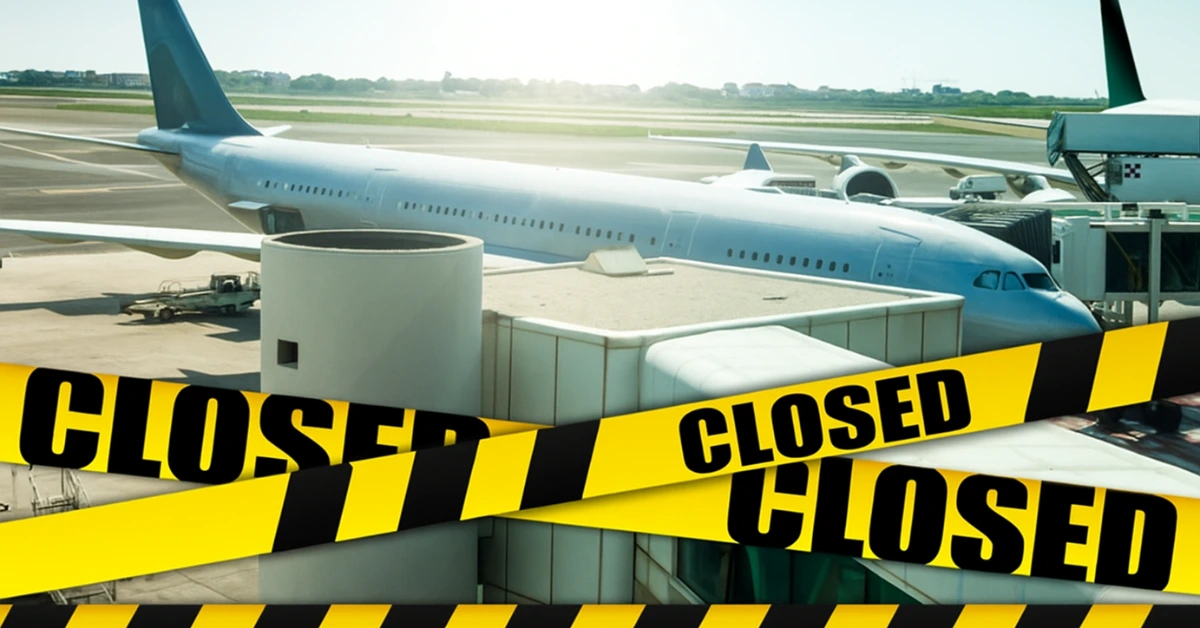Mexico Shuts Down Majority of Airports: What Pilots and Travelers Need to Know
Breaking: Mexico’s aviation landscape has dramatically changed overnight, affecting thousands of airports and creating major disruptions for pilots, tourists, and businesses across the country.
On March 7, 2025, Mexico’s Civil Aviation Authority (AFAC) issued a bombshell directive that effectively shut down access to the majority of the country’s airports. This unprecedented move has sent shockwaves through the aviation community and tourism industry, leaving many scrambling for answers.
The Scope of the Shutdown
The numbers are staggering. Out of Mexico’s 2,208 total airports, approximately 2,119 airports are now restricted to private use only. This means that 96% of Mexico’s airports can now only be used by their owners and their aircraft.
Here’s the breakdown:
- 77 airports listed in Mexico’s Aeronautical Information Publication (AIP) remain open for general use
- 2,131 airports from AFAC’s official database are now heavily restricted
- 2,119 airports classified as “Service for Private Use” – completely off-limits to outside aircraft
- 12 airports classified as “Service for Private Use and 3rd parties” – limited access
The airports that remain fully accessible include major destinations like Cancun, Los Cabos, Toluca, and Puerto Vallarta. However, countless smaller airstrips that serve popular tourist destinations and rural communities are now inaccessible.
The Bureaucratic Backtrack
Recognizing the severity of their decision, AFAC attempted damage control three weeks later. On March 27, 2025, they issued a follow-up notice (Oficio 4.1.645) giving airport owners just 60 days to modify their paperwork and reclassify their airports for “Service for Private Use and 3rd parties.”
The problem? Processing paperwork for over 2,000 airports in 60 days through Mexico’s notoriously slow bureaucratic system was virtually impossible. Most airport owners either didn’t attempt the process or found their applications stuck in administrative limbo.
Real-World Impact on Tourism and Business
This regulatory chaos has created immediate and severe consequences:
Tourism Industry Devastation
- Boutique hotels with private airstrips like Hacienda de los Santos, Holbox, and Punta Pescadero have lost a crucial access point for high-end travelers
- Mexican air taxi operators face significant revenue losses as they can no longer service numerous destinations
- International pilots planning Mexican getaways find their favorite destinations suddenly inaccessible
Humanitarian Concerns
Rural communities that depend on small airstrips for essential services are particularly vulnerable. Medical assistance flights, including operations by organizations like “Doctors Without Borders,” face new barriers to reaching remote areas.
The Dangerous “Workaround” Temptation
As frustration mounts, some pilots are considering a risky procedural workaround that aviation groups have promoted in the past. This involves:
- Filing a flight plan to an approved, non-towered airport
- Actually flying to the restricted destination instead
- Hoping the absence goes unnoticed since no AFAC personnel are present at the filed destination
This is extremely dangerous and illegal. Pilots attempting this scheme risk:
- Federal charges for falsifying official documents
- Insurance claim denials if accidents occur at unauthorized locations
- Extended detention in Mexico with potential aircraft impoundment
- Massive unexpected costs far exceeding planned trip expenses
What This Means for Future Travel
The situation remains fluid, but the implications are clear:
- Increased costs as travelers must use alternative transportation to reach previously accessible destinations
- Reduced tourism to smaller, boutique destinations
- Economic impact on local communities dependent on aviation access
- Operational challenges for businesses relying on private aviation
Legal Compliance is Non-Negotiable
While this regulatory upheaval creates significant inconvenience, attempting to circumvent the rules is never worth the risk. The Mexican government takes aviation violations seriously, and the consequences of falsifying flight plans can be severe and long-lasting.
Key takeaways for pilots:
- Always file accurate flight plans
- Verify airport accessibility before departure
- Consider alternative transportation for final destination access
- Maintain proper documentation for all flights
Stay Informed and Stay Legal
This situation highlights the importance of staying current with international aviation regulations and having proper legal guidance when navigating complex regulatory environments. The aviation legal landscape can change rapidly, and what was routine yesterday may be illegal today.
Need Help Navigating International Aviation Law?
Don’t let regulatory confusion put your flying privileges—or your freedom—at risk. Our experienced aviation attorneys specialize in international flight operations and can help you understand your rights and obligations when flying abroad.
Contact our aviation law team today for:
- International flight planning guidance
- Regulatory compliance assistance
- Legal representation for aviation violations
- Risk assessment for international operations
Get the legal expertise you need to fly with confidence. Contact us now for a consultation.

